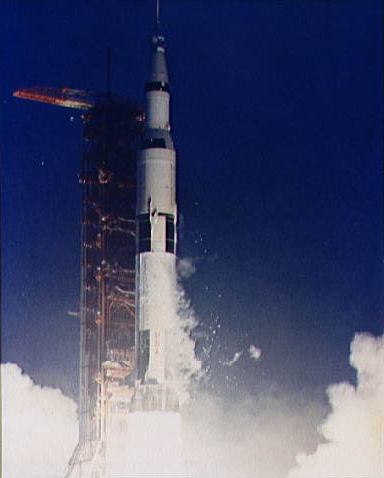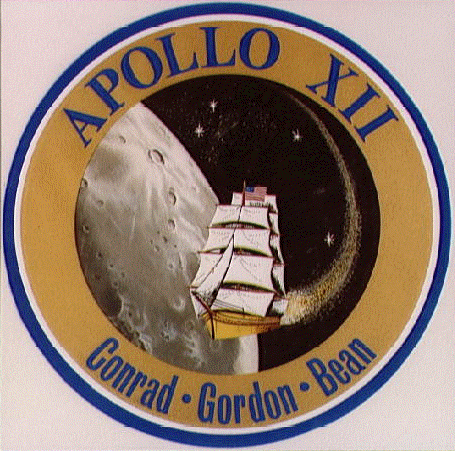Ten years ago today in space history — November 19, 1999 — the People’s Republic* of China launched an unmanned Shenzhou capsule on a Long March 2F rocket from the Jiquan launch center.
The capsule was an enlarged version of the Russian Soyuz design, developed for a human space flight program originally known as “Project 921.” According to SPACEWARN Bulletin 553, the vehicle “carried a mannequin for test purposes” and “parachuted down in Inner Mongolia after orbiting for 21 hours.”
The renamed Shenzhou program would successfully place a Chinese astronaut (a “taikonaut”) in orbit not quite four years later, in October 2003.
I wonder how much the Chinese owe to Hughes and Loral for the success of this flight and the Shenzhou program. Did the Chinese engineers and technicians rework anything on this Long March rocket after the accident investigations into the Optus, Apstar, and Intelsat launch failures? (I refer readers to chapter five and chapter six of the Cox Commission Report for background.) We’ll never know. They would have gotten to this point eventually, no doubt.
Flash forward** to yesterday in space history: NASA announced that they intend to explore cooperative space ventures with the Chinese (not quite a year after the last Administration turned the idea down). The message now? Steal our technical know-how, and continue to violate your own people’s human rights, but we’ll still cooperate with you in the greatest adventure of Mankind.
For more on Chinese space ambitions, see this thread in the Space Warfare Forum.
___
*Young people, or people who don’t understand what the fuss is all about, may not recognize the irony of a Communist country calling itself a “republic,” and especially a “people’s republic.” See “doublespeak,” as in “Orwellian.”
**Not to be confused with Robert J. Sawyer’s excellent novel, Flash Forward, which I understand is also a pretty good television show.
















